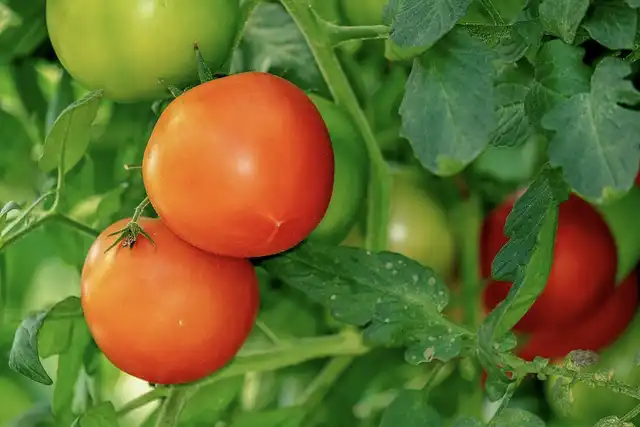
Researchers collaborated on a study investigating the symbiotic relationship between legume plants and mycorrhizal fungi, crucial for nutrient exchange. Using advanced sequencing techniques, they identified key genes facilitating this interaction, offering insights for genetic engineering and potential biofuel crop optimization. Future studies aim to expand this research to other plant species.













